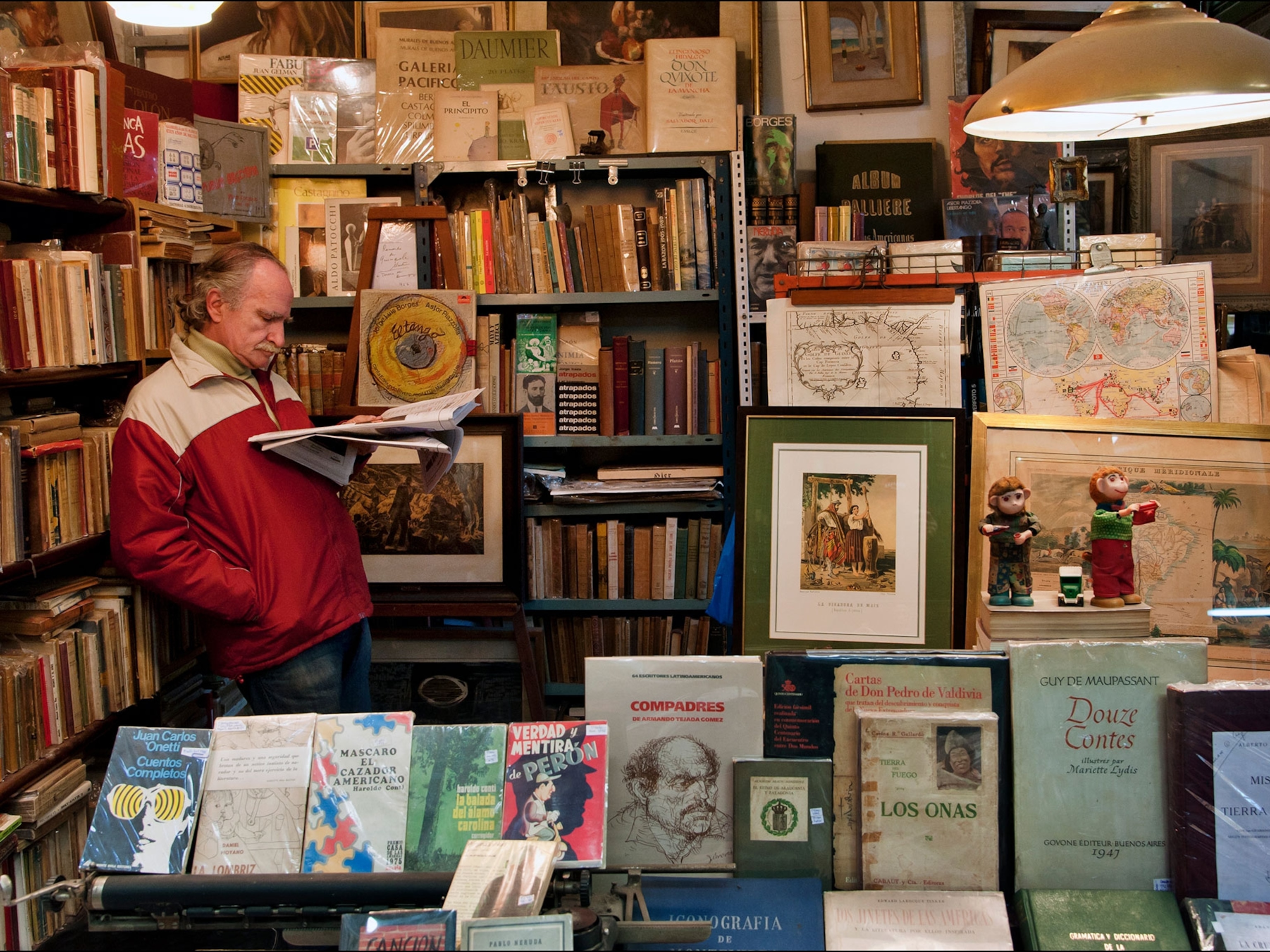
Discover the Best of Naples
Here are 10 ways to experience the best of Naples' culture and history.
Wildlife
The Orto Botanico is an oasis in the densely inhabited Naples. Created in 1807 at a time when the French dominated the city, the gardens are spread over 12 hectares with nearly 9,000 species of plants grouped by type and geographic region. Spend a few hours breathing in the air amongst the palm grove, citrus grove, the cacti and the aquatic plant exhibits.
Natural Wonder
Just west of Naples, the Campi Flegrei from the Greek "burning fields" was the first Greek settlement on the Italian mainland. With its dramatic landscape and natural beauty, it's famous for its volcanic activity, legends and myths. A breather from the more trodden archaeological sites, the intricate configuration of steaming calderas, one nestled on top of the other, is a work of nature.
National Park
The Parco Nazionale del Vesuvio is designated a UNESCO Biosphere Reserve. Home to the only active volcano in continental Europe, the park is spread across 8,400 hectares with more than 900 plant species and ample fauna. Choose one of nine trails of varying lengths and degrees of difficulty to view breathtaking lava formations, pine forests, and the Gulf of Naples.
Archeological Site
Travel back in time and visit Napoli Sotteranea, the city buried 40 meters beneath the heart of modern day Naples. Follow insightful guides through the remains of Greek and Roman Naples. Highlights include the aqueducts built by the Greeks and expanded by the Romans, a Roman theatre where Nero performed, and, signs of the underground's use during WWII as an air raid shelter.
UNESCO Site
If you have limited time in town, wander along the streets and squares of the historic center of Naples breathing in 20 centuries of history. From the Churches of Santa Chiara and San Domenico Maggiore and the Royal Palace to The Castel Nuovo and the Theatre of San Carlo, the historic center was designated a UNESCO World Heritage site in 1995.
Cultural Site
Located in the 16th-century palace Palazzo degli Studi, the Museo Archeologico Nazionale di Napoli is one of the world's largest and most fascinating archaeological museums. It is home to Greek and Roman sculptures, an Egyptian collection and rotating contemporary exhibitions. Most visitors come to view the frescos and mosaics from Pompeii, Herculaneum and Stabia and the Secret Cabinet, a collection of erotic pieces from Pompeii.
Best Day Trip
Do you fancy spending a day exploring the coastline or would you rather visit a breathtaking historic palace? Take a drive along the coast to the less visited seaside towns of Cetara, Minori and Furore. Enjoy lunch at one of Cetara's authentic restaurants. Alternately, a 50-minute train ride brings you to the Reggia di Caserta one of Italy's most grandiose palaces and its magnificent 120-hectare park.
Most Iconic Place
One of Italy's magnificent squares, Piazza del Plebiscito, is a Neapolitan landmark, owing its name to the plebiscite that joined the Kingdom of the Two Sicilies to Italy. Bordering the piazza is the imposing Palazzo Reale, a Bourbon Royal Residence, and Basilica of S. Francesco di Paola, a neoclassical rarity imitating Rome's Pantheon. The 25,000-square-meter square is the setting for concerts and cultural events.
- National Geographic Expeditions
People-Watching Spot
Before sitting down to Sunday lunch, locals take a passeggiata along Lungomare, Naples' three-kilometer-long seaside boardwalk that cradles the bay from Mergellina to Via Partenope. As it has been closed to traffic since 2012, take a stroll or bike ride before grabbing a seat at a coffee bar or restaurant to watch passersby.
A Taste of Naples
For a true taste of Neapolitan life, join boisterous lunch-crews at hole in the wall trattorias in the Quartieri Spagnoli. Home style dishes are served at tables set with red and white checkered tablecloths. Creamy pasta and chickpeas or pasta with potatoes and provola cheese are the ultimate Neapolitan comfort food.





